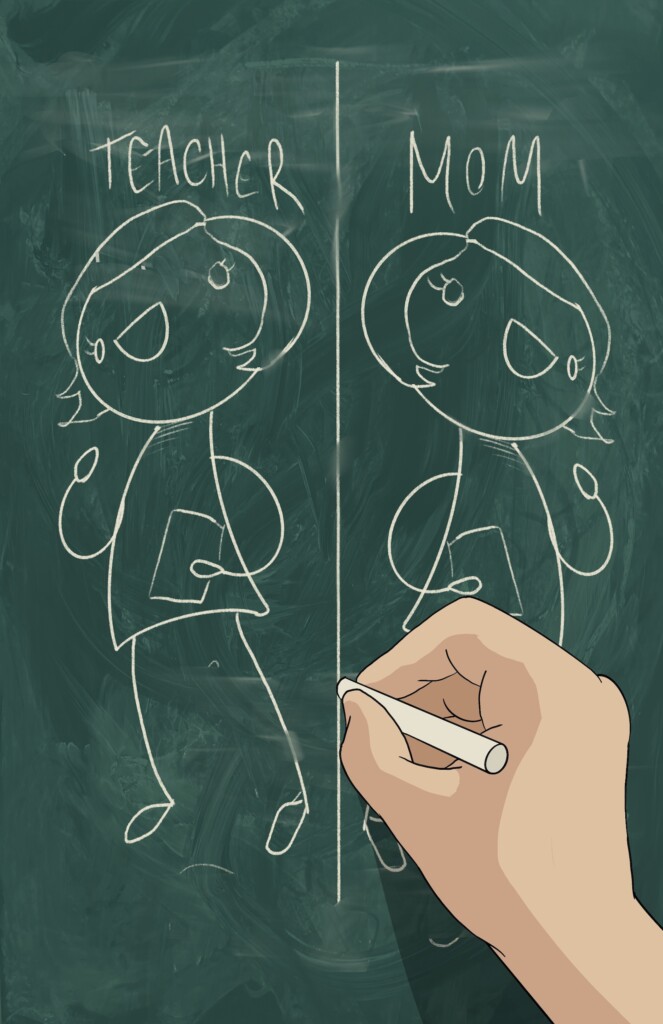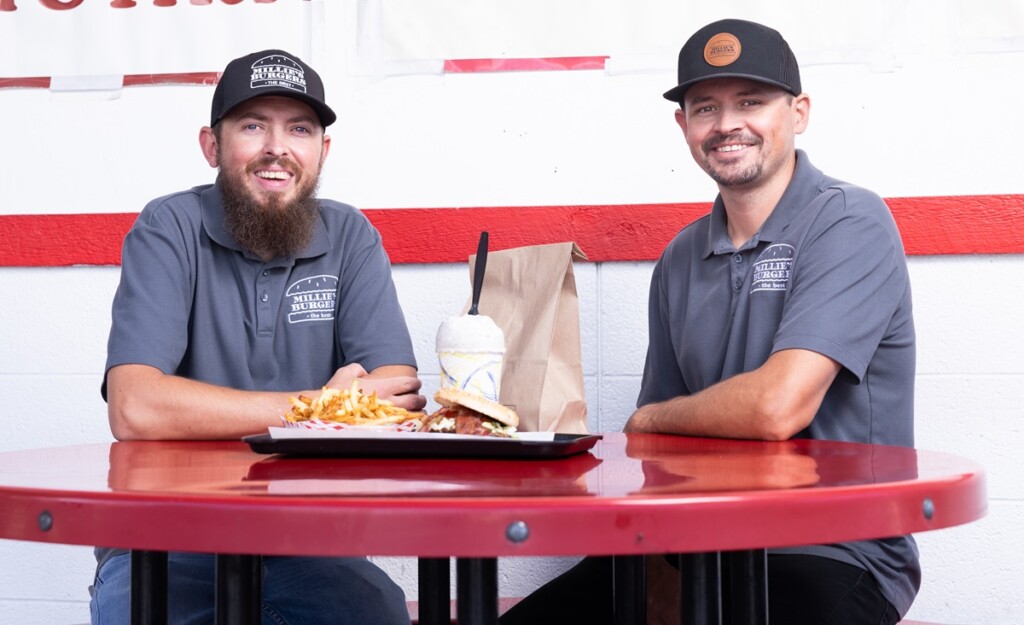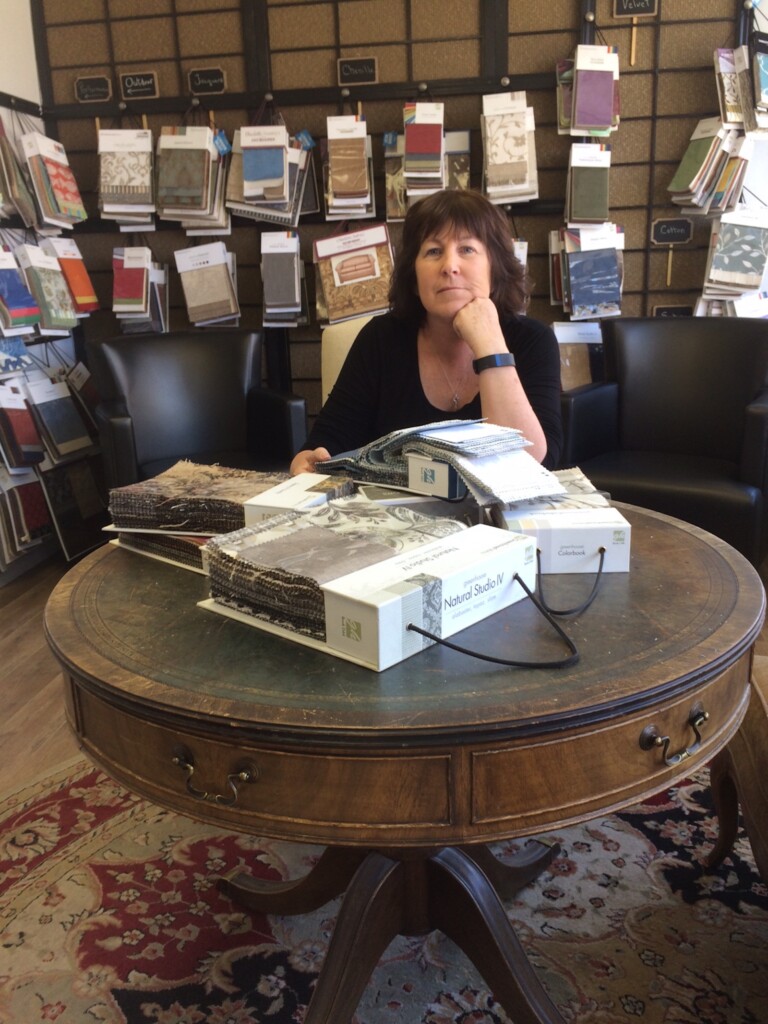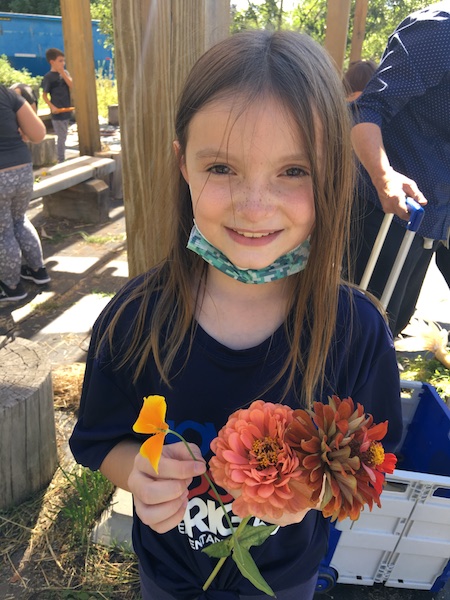
When students at Howard Driggs Elementary School in Holladay started planting seeds at the Mount Olympus Community Garden in the spring, their outdoor classroom consisted of six garden beds filled with soil and little else.
By the time the children returned after summer break, they found that a thick growth of vegetables and flowers had sprouted at the site, including tomatoes, corn, squash, pumpkins, carrots, beans, mint, cilantro, sunflowers, marigolds and snapdragons.
“We were putting in seeds at the end of May right before we dismissed for the summer, and the boxes were bare dirt and leaves,” teacher Alison Jueschke said. Now, “it’s like an amazing jungle down there.”
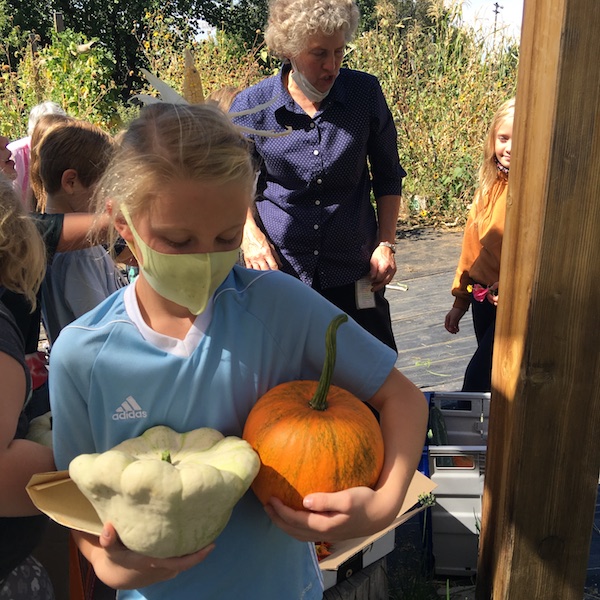
The students were excited about the results of their labor. On a recent visit to the 3-acre garden at 4500 South and 2700 East, a class of 8-year-old third-graders pointed out where they had planted seeds and what had grown at the spot.
“I planted a zucchini plant,” Peter Hansen said, adding that he likes seeing interesting bugs.
“I found corn. There’s lots of them,” Henry Adams said, pointing to stalks.
Lucy VandenAkker marveled at the size of a flower that is taller than her. “Last year we planted the sunflowers and they weren’t grown, but now it’s like a chandelier,” she said.
Ellison Whitaker also liked the flowers that had grown over the summer. Vincent Mendivil, who said he dug up radishes on his last visit, gathered Russian Mammoth sunflower seeds.
The raised beds were prepared in the spring by members of the Neighborhood Garden Club, who help coordinate the school program. Then, from March through May, teachers took students a class at a time to the 3-acre site a few blocks away at 4500 South and 2700 East, where they were divided into smaller groups for the planting.
Club members were on hand to assist the students in the planting. Parents, neighbors and other volunteers also helped out.
The kids planted a salsa garden with tomatoes, basil and peppers; a squash garden; a pollinated garden; a bean garden; and a garden of corn, beans and squash, which are the main crops of some indigenous people.
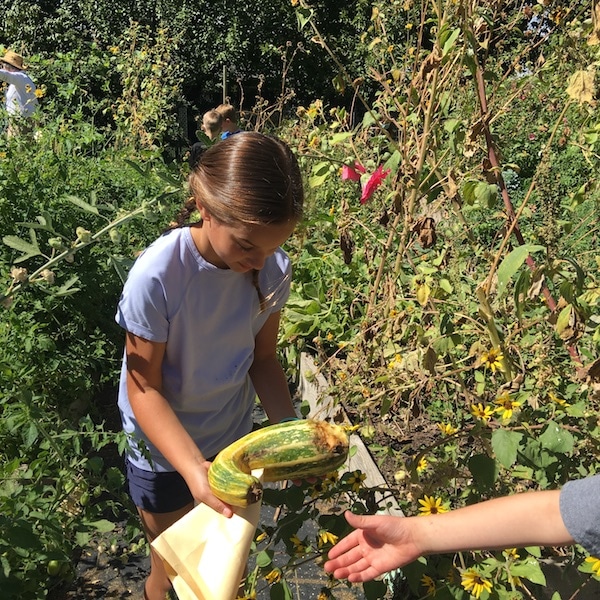
“Every child got to plant some seed and also put a plant in,” Connie MacKay, the Neighborhood Garden Club’s president, said. “The fourth and fifth grade not only planted seeds and plants but also improved the area by identifying and taking out invasive plants.”
The gardening teaches students about a variety of subjects such as the life cycle of plants and different foods from different cultures. Tasy Van Tienderen, who helped gather produce and seeds, said she likes the class.
Jueschke gave each child an extrusion and asked them what it was. They responded with a chorus of “edible flower!”
“It is getting to be the end of the fall harvest,” Jueschke said. “It’s good for the students to see from the seed to the end of the cycle.”
Jani Iwamoto, then a Salt Lake County Council member and now a state senator, led the effort to develop Mount Olympus Community Garden in 2012. The majority of the property was designated for gardening by refugees and a smaller portion for use by Driggs Elementary and Olympus Junior High School.
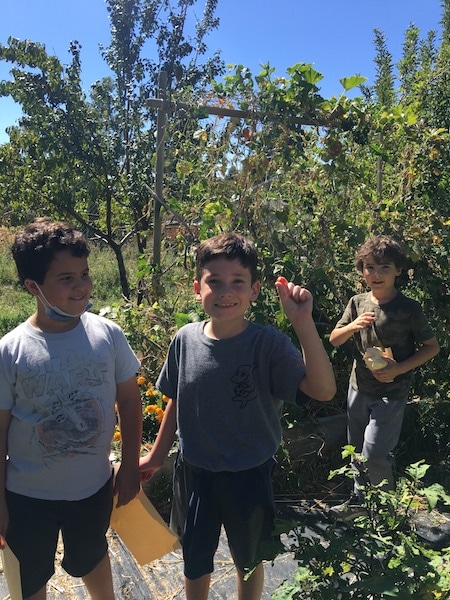
The garden was developed on a vacant piece of land that was owned by Salt Lake City and maintained by Holladay. Dry Creek Charity paid for leasing, supervision and watering of the property and helped fund the infrastructure, and master gardener Paul Fetzer supervised the design and creation of the garden. Also collaborating on the project were the Neighborhood Garden Club, city and county officials, community members, teachers and school administrators, businesses, boy scouts and other groups.
MORE UTAH GARDENING RELATED STORIES
Gardening in Pots: Anyone Can Grow a Garden
Urban Gardening: Self-Sustaining Lifestyles
Winter Gardening — Why Wait for Spring?
DIY Greenhouses: Get a Go on your Gardening
Preserving Your Harvest Through Canning
Subscribe to Utah Stories weekly newsletter and get our stories directly to your inbox
<!–End mc_e


